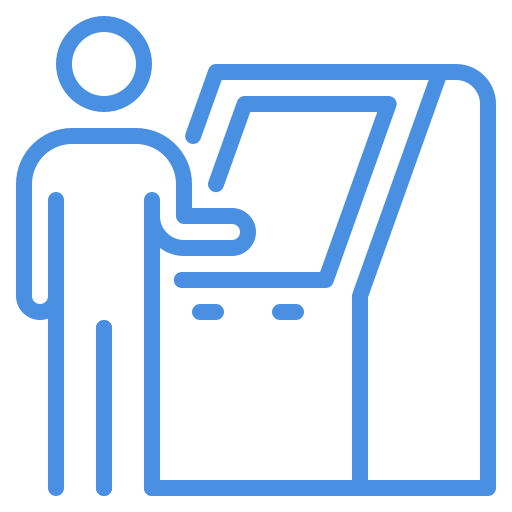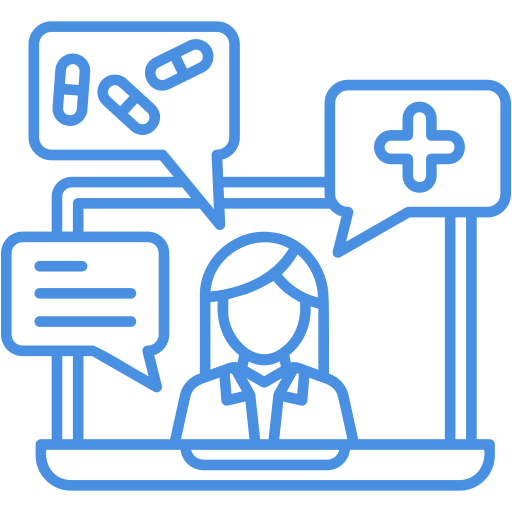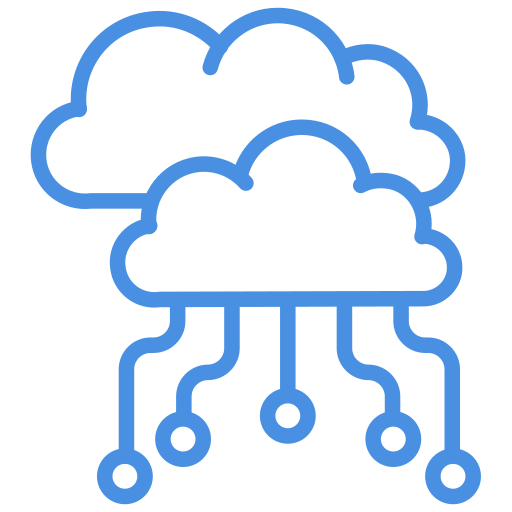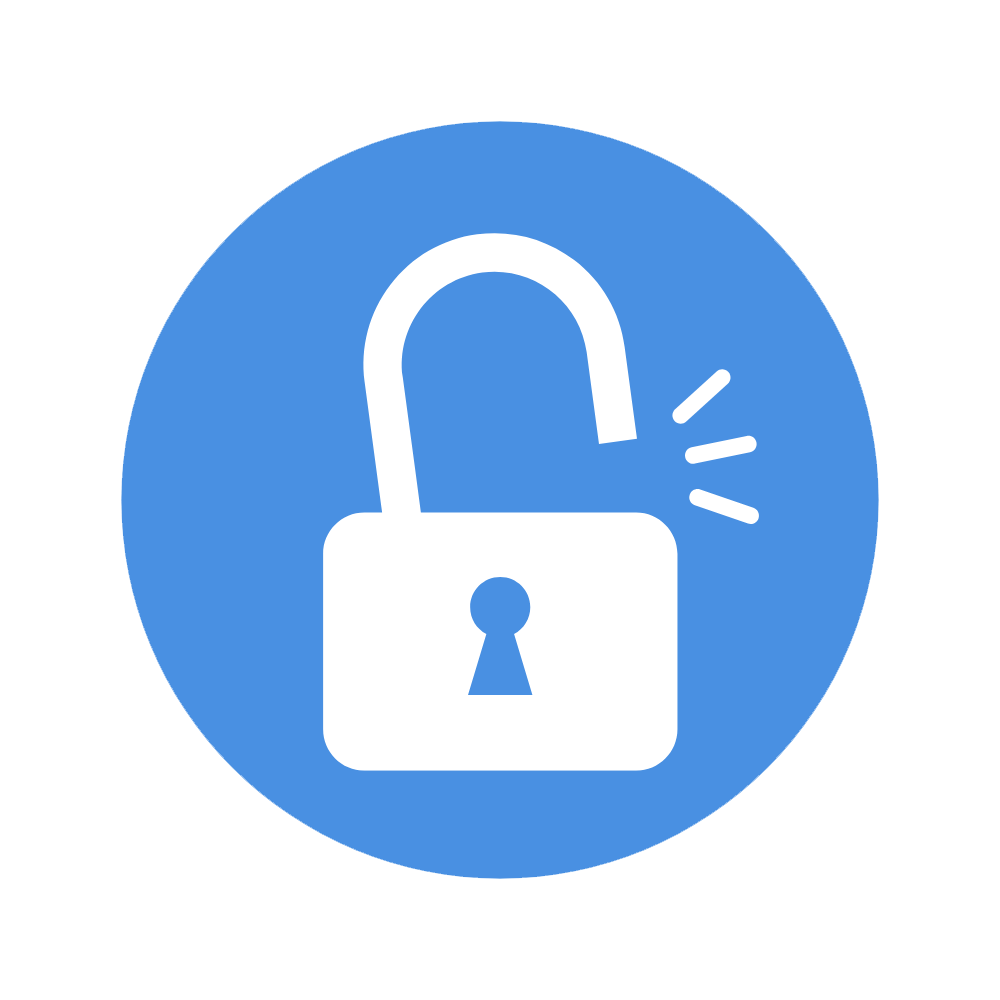Explore how to expand your occupational therapy practice by adding specialized OT niches like home modifications, ergonomics, low vision, and more. Learn how to integrate Electronic Medical Records (EMR) to streamline patient care and enhance the efficiency of your practice. Discover the benefits of niching down and how EMR can support your efforts in offering personalized, high-quality services for patients with specific needs.
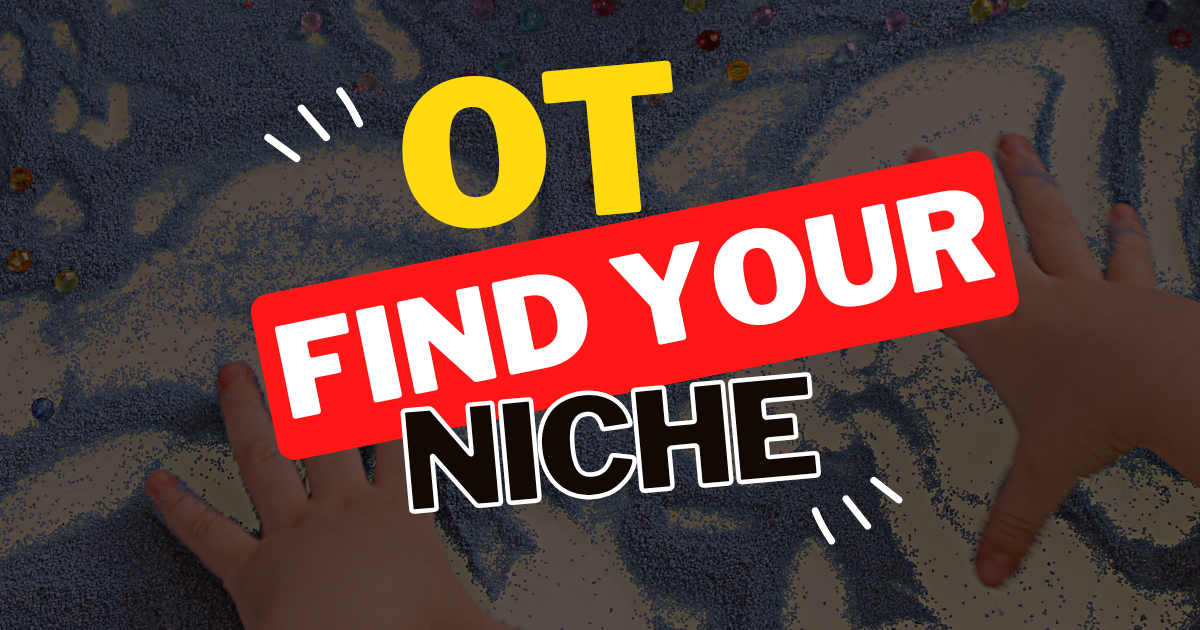
There is a common saying, “the niches are in the riches,” and this is no exception in the occupational therapy (OT) profession. As an OT, COTA, or OTA, you have a wealth of knowledge that can be translated into numerous OT niches. Each niche can not only help grow your business but also enable you to deliver targeted care to a variety of patient populations. In this article, we’ll highlight some of the most lucrative OT niches you could add to your occupational therapy practice and how using an EMR system can streamline these services.
Home Modifications:
If you’ve ever wanted to help seniors live safer and longer within their home, offering home modifications is an ideal OT niche. By offering this service, you can recommend safety adjustments such as chair glides, second stair rails, tub benches, raised toilet seats, and ramps.
This is an easy niche to integrate into your practice. For instance, during a routine evaluation, if a patient reports difficulty going up stairs or has fallen while transferring in the bathroom, you could suggest a home safety evaluation. From there, you can assess their home, provide recommendations, and document the process using your EMR system to track progress and follow-up.
While certifications are not required to offer home modifications, many OTs choose to pursue the Certified Aging in Place Specialist (CAPS) certification to provide more comprehensive service and gain visibility through the CAPS provider directory.
Ergonomics:
Another profitable OT niche is ergonomics, especially for patients who suffer from chronic neck, shoulder, elbow, wrist, or carpal tunnel symptoms—common issues among those who sit at a desk for long hours.
Like home modifications, no certification is required to offer ergonomic assessments, but specialized training, such as that provided by the Back School, can improve your skills in evaluating posture and recommending ergonomic solutions.
Ergonomics services can be offered to corporate clients as well as individuals. For example, during patient evaluations, if you identify signs of poor workstation setup, you could suggest an ergonomic assessment to reduce or prevent further symptoms. The EMR system will allow you to document each assessment and provide customized follow-ups.
Low Vision:
Low vision is a significant issue that can compromise safety and daily activities for individuals. As an OT, you can assist these patients by providing therapy focused on balance, strength, daily planning, caregiver training, and home modifications.
If you are passionate about working with individuals with low vision, you can pursue certification as a Low Vision Specialist to deepen your knowledge and improve your ability to serve this niche. Additionally, your EMR system will be essential in documenting patient progress, tracking goals, and coordinating care effectively.
Driver Rehabilitation:
Helping patients regain the ability to drive after a stroke, major surgery, or other medical events is a highly specialized OT niche. Few therapists hold the Certified Driver Rehabilitation Specialist certification, making this a unique and valuable service that can help your practice stand out.
By using an EMR system, you can streamline the evaluation process, monitor progress, and keep track of necessary follow-up actions for driver rehabilitation patients. This integration will enhance the quality of care provided and ensure the safety of patients as they return to driving.
Lymphedema and Cancer Recovery:
Lymphedema and cancer recovery are rapidly growing areas where OT services can make a significant impact. In fact, in 2010, there were over 2.5 million breast cancer survivors in the United States, and the rates of cancer are only increasing. OT can play a vital role in rehabilitation, offering strengthening, flexibility, home modification adjustments, assistive devices, caregiver training, and emotional support.
Lymphedema is often associated with cancer recovery, and treating these conditions requires specialized knowledge. Many OTs choose to pursue the Certified Lymphedema Therapist (CLT) certification to provide higher-quality care.
With the right EMR system, you can ensure that treatment plans for lymphedema and cancer recovery patients are well-documented and tracked efficiently, helping you deliver better care and improve patient outcomes.
Women’s Health:
The field of women’s health is a rapidly expanding OT niche, particularly in areas such as post-natal rehabilitation, pelvic floor therapy, and pregnancy-related care. Many OTs and assistants are finding success by providing specialized services to this population.
While you don’t need additional certifications to treat women’s health conditions, certifications like those for pelvic health can enhance your ability to serve this niche. EMR systems help you maintain detailed records, track patient progress, and ensure comprehensive care for women’s health patients.
Memory Deficits:
Memory deficits, particularly in cases of Alzheimer’s disease or other forms of dementia, are becoming a growing concern in healthcare. OTs can provide crucial services such as cognitive training, daily memory exercises, caregiver support, and home modifications.
While specialized education is not required to address memory deficits, certifications like the Certified Dementia Specialist can provide you with the tools to deliver more effective care. With the help of an EMR system, you can maintain detailed documentation, track progress over time, and collaborate with other healthcare providers to offer the best care possible.
Conclusion:
Expanding your practice by adding specialized OT niches such as home modifications, ergonomics, low vision, driver rehabilitation, lymphedema, cancer recovery, women’s health, and memory deficits can significantly enhance the care you provide to patients. Each niche offers a unique opportunity to serve specific populations while expanding your therapy practice. By integrating an EMR system into your workflow, you can streamline patient management, track progress, and deliver more personalized care, all of which will contribute to the growth and success of your occupational therapy business.





